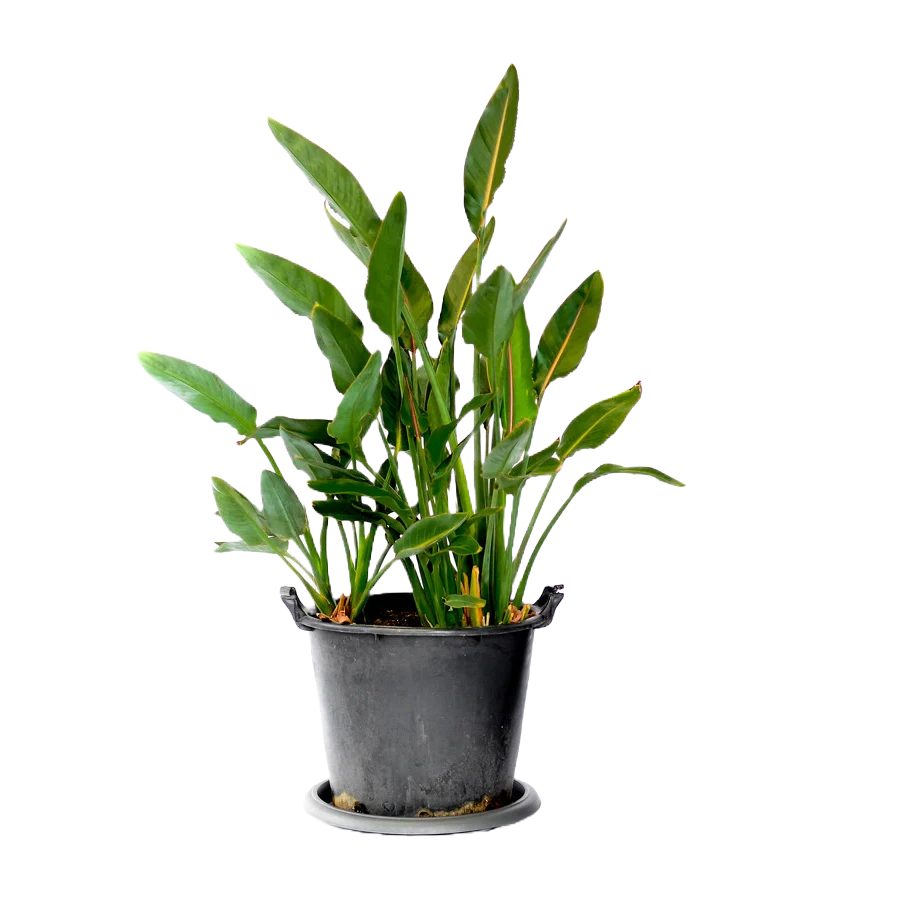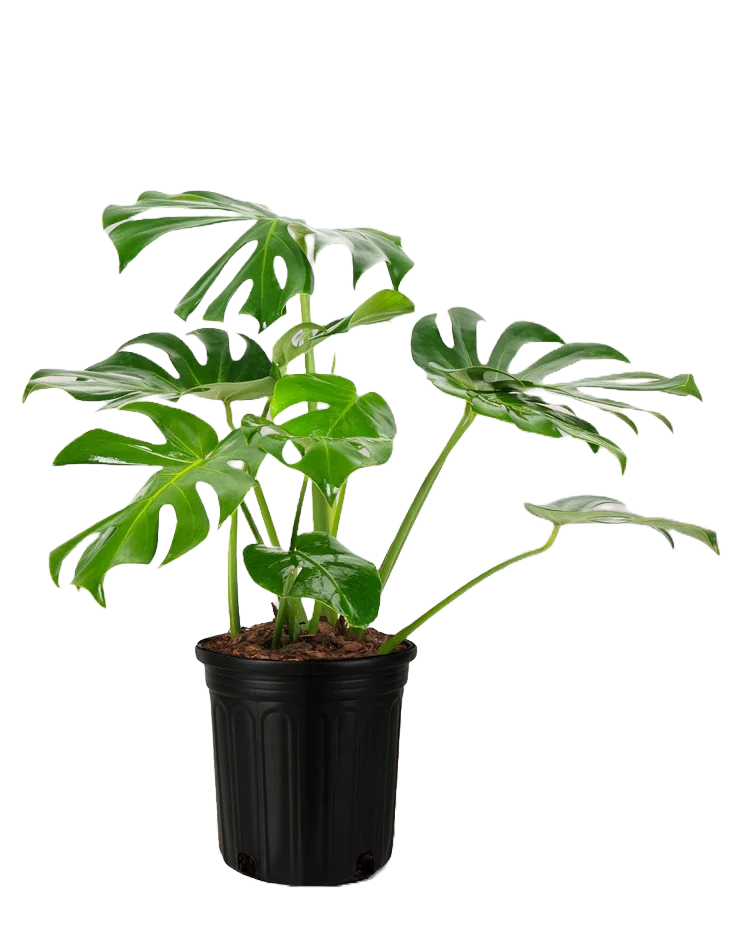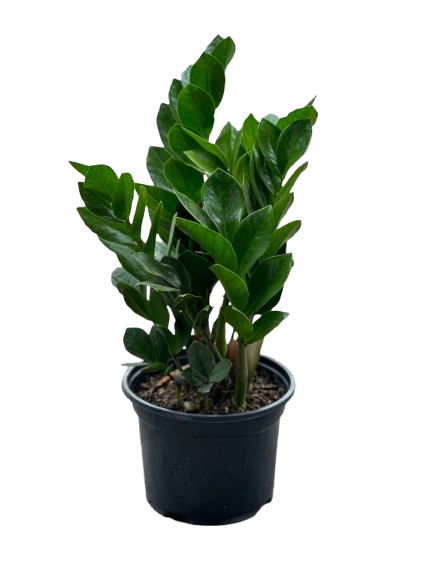Vanda orchids are among the most striking and uniquely grown orchids in the world. Known for their large, vividly colored blooms and ability to grow without soil, Vandas bring an exotic, luxurious flair to Kenyan homes, patios, and garden spaces. Their cascading roots and showy flowers make them a favorite for collectors, interior stylists, and orchid enthusiasts looking for a bold centerpiece plant.
Why Grow This Plant?
- Produces vibrant, long-lasting flowers in blues, purples, pinks, yellows, and whites.
- Grows beautifully without soil — perfect for hanging displays and minimalistic décor.
- Highly decorative and elevates interior spaces with a tropical, luxurious feel.
- Adapts well to warm Kenyan climates with bright light conditions.
Cultural & Historical Significance
Vandas originate from Southeast Asia, where they have long been admired for both beauty and symbolism. In Thai culture, they are associated with elegance, refinement, and spiritual offering. In India and Sri Lanka, orchids represent love, fertility, and celebration, often used during weddings and ceremonies. Globally, Vandas are prized in high-end floral displays and orchid competitions due to their unique aerial roots and show-stopping blooms.
Ideal Growing Conditions in Kenya
- Light: Bright, filtered sunlight; morning sun is ideal.
- Temperature: Thrives in warm climates (18°C–30°C), ideal for Nairobi, Coast, Kisumu, Embu, and Kericho climates.
- Humidity: Prefers 50%–80%, so occasional misting helps.
- Airflow: Excellent airflow is essential to prevent root rot.
- Growing Medium: Usually grown bare-root in baskets or mounted; does not require soil.
How to Plant It
- Place the Vanda in a wooden or plastic orchid basket, allowing roots to hang freely.
- If mounting, secure the base with soft ties against wood or bark.
- Hang in a bright, well-ventilated area with indirect sunlight.
- Mist roots daily or soak the whole plant for 10–20 minutes every 2–3 days.
- Feed weekly with diluted orchid fertilizer to support strong blooming.
Care Tips
- Mist or soak regularly — roots should never dry out completely.
- Use balanced orchid fertilizer once a week during active growing seasons.
- Allow plenty of airflow around roots to prevent mold.
- Avoid intense direct midday sun as it can scorch leaves.
Pests & Diseases
- Common Issues: Spider mites, aphids, scale insects.
- Symptoms: Sticky leaves, webbing, yellow-spotted foliage.
- Treatments: Neem oil spray, rubbing affected areas with soapy water, or using horticultural oil every two weeks.
- Root rot: Caused by overwatering without airflow — ensure roots dry between soakings.
Pet Safety
Vanda orchids are non-toxic to cats and dogs, making them a safe choice for pet-friendly homes in Kenya.
Growing in Containers
Vandas perform best when hung in baskets or mounted rather than potted. For balconies or verandas, place them in bright filtered light and mist daily. Indoors, position near east-facing windows and use a humidifier or pebble tray to increase humidity.
Where to Buy This Plant in Kenya
You can purchase healthy, vibrant Vanda orchids and stylish orchid display pots at: https://plantify.co.ke
Final Thoughts
The Vanda orchid is a bold and extraordinary plant that adds instant elegance and visual impact to any Kenyan home or garden. With proper light, humidity, and watering routines, it can reward you with spectacular blooms year after year. Perfect for plant lovers who appreciate beauty, artistry, and the charm of tropical living.







